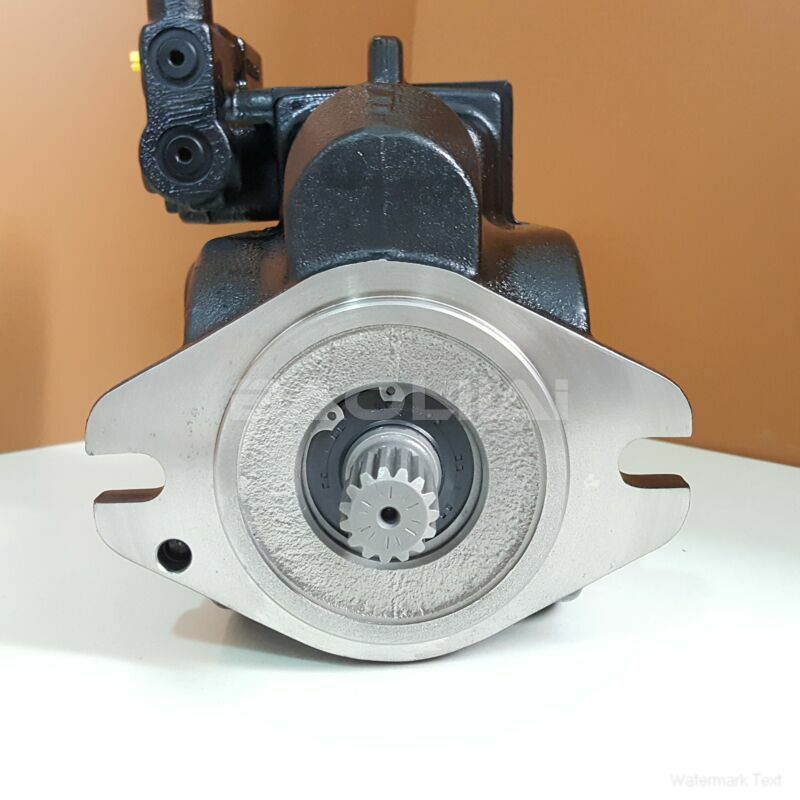KRR045DLS1430NNN3C2NGA6NKNBNNNNNN sauer danfoss pump
KRR045DLS1430NNN3C2NGA6NKNBNNNNNN sauer danfoss pump

- Product Details
- Applicable Scene
In the rapidly evolving world of warehousing and logistics, automated guided vehicles (AGVs) are becoming increasingly essential for efficient operations. These robotic systems need reliable hydraulic systems to ensure smooth movement, precise handling, and effective load management. One critical component of these hydraulic systems is the hydraulic oil pump. This article delves into the design considerations and functionalities of hydraulic oil pumps specifically tailored for AGVs used in warehouse environments.
KR-R-045D-LS-14-30-NN-N-3-C2NG-A6N-KNB-NNN-NNN
KRR045DLS1430NNN3C2NGA6NKNBNNNNNN
Hydraulic systems work by using pressurized fluid to transmit power. In AGVs, hydraulic oil pumps play a pivotal role by supplying the necessary hydraulic fluid that drives various functions, from steering and lifting to stabilization. The design of these pumps must consider several factors to ensure optimal performance, reliability, and efficiency.

83057547
One of the primary design considerations is the size and capacity of the hydraulic pump. AGVs vary significantly in size and load-bearing capacities, so it is essential to select a pump that meets the specific requirements of the vehicle. An undersized pump may lead to insufficient power, while an oversized pump can cause energy wastage and decreased operational efficiency. Therefore, a thorough analysis of the AGV’s intended tasks, load specifications, and operational cycle is crucial in selecting the appropriate pump type and capacity.
Another vital aspect is the operational environment. Warehouses often have unique conditions, such as varying temperatures, humidity levels, and potential exposure to contaminants. The hydraulic oil pump must be designed to withstand these conditions to ensure durability and longevity. Materials used for pump construction should be resistant to wear and corrosion, while seals and gaskets need to be capable of functioning effectively in the warehouse environment. Furthermore, employing filters in the hydraulic system can help maintain fluid cleanliness, which is critical for the pump’s longevity.
The efficiency of the hydraulic oil pump also significantly affects the overall energy consumption of the AGV. Designing for efficiency involves optimizing pump mechanisms and incorporating technologies like variable displacement pumps. These pumps adjust their output based on demand, reducing energy consumption during low-load periods. Additionally, careful design of hydraulic circuits can help minimize pressure losses and enhance system responsiveness.





